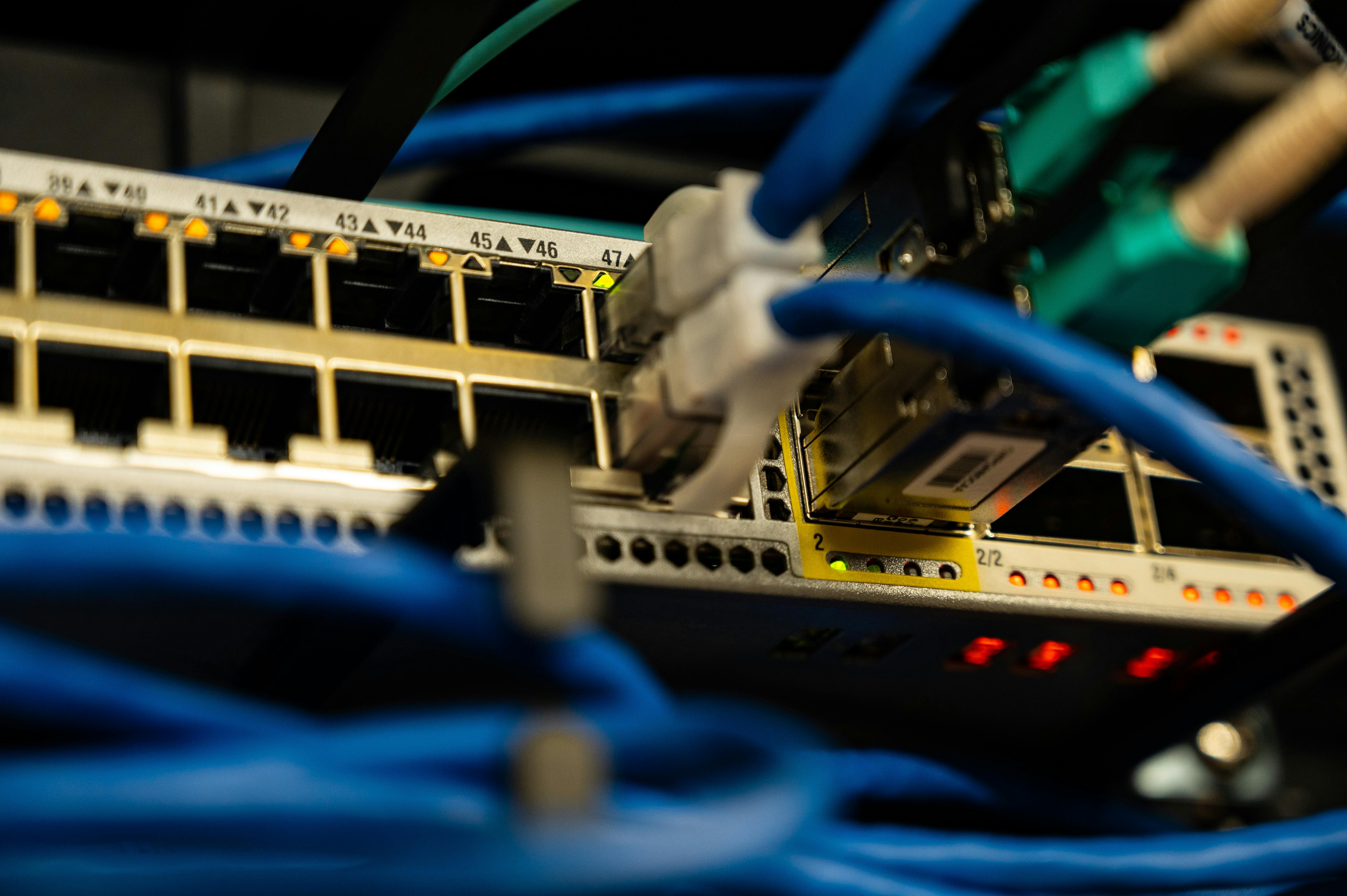
In today’s fast-paced digital world, web development isn’t just about writing clean code—it’s about solving real-world problems. This is where the power of system analysis comes in.
As both a web developer and system analyst, I’ve learned that understanding the why behind a system is just as important as the how. System analysis helps bridge the gap between users, business objectives, and technical implementation.
Here’s how:
1. Improved Planning: Analyzing the system requirements beforehand saves time and ensures that the final product meets its goals. You’re not just guessing what to build—you’re building with purpose.
2. Clear Communication: As a system analyst, I translate business language into technical requirements. This avoids confusion and aligns all teams from the start.
3. Data-Driven Design: Knowing how data flows through a system helps create efficient back-end logic and more intuitive user interfaces.
4. Fewer Mistakes: With a solid understanding of the system, fewer bugs and last-minute changes occur—saving both time and money.
5. User-Centric Development: System analysis puts user needs front and center, resulting in tools and platforms that people actually want to use.
Combining these two roles means creating solutions that are not only functional but strategic, scalable, and aligned with business success. For any developer, learning basic system analysis can be a game-changer.


1 Comments